
The measure of an aircraft carrier’s effectiveness is not merely in its size or appearance but in its operational capacity and technological prowess.
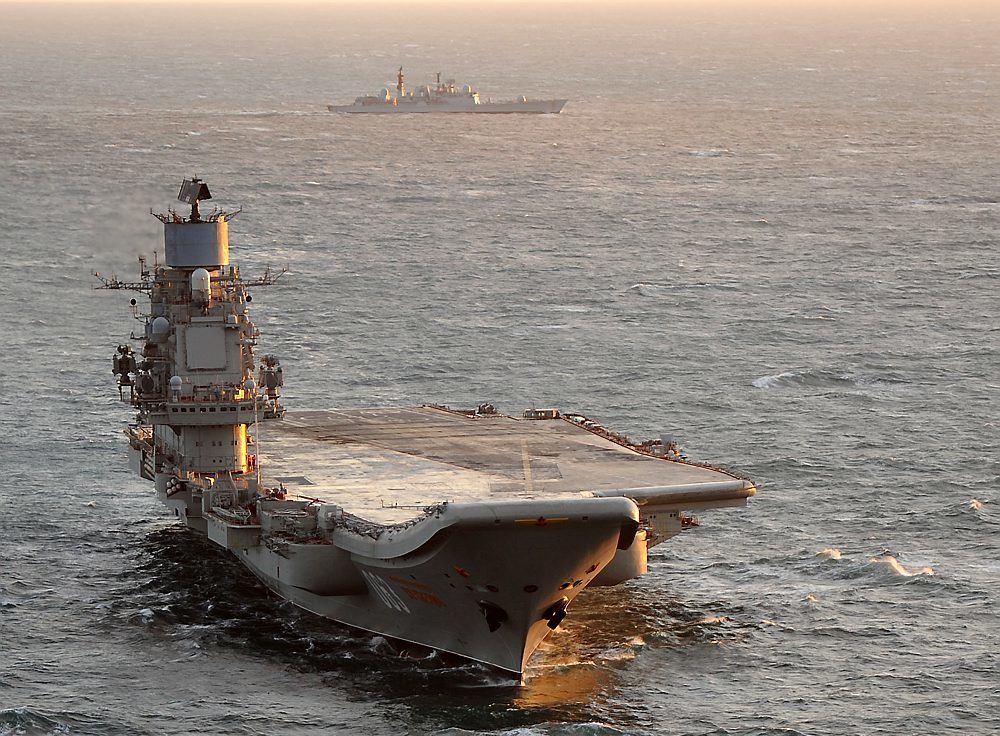
As enthusiasts of military technology and strategy, we delve into the complexities and shortcomings of certain flattops that have failed to deliver on their intended potential.
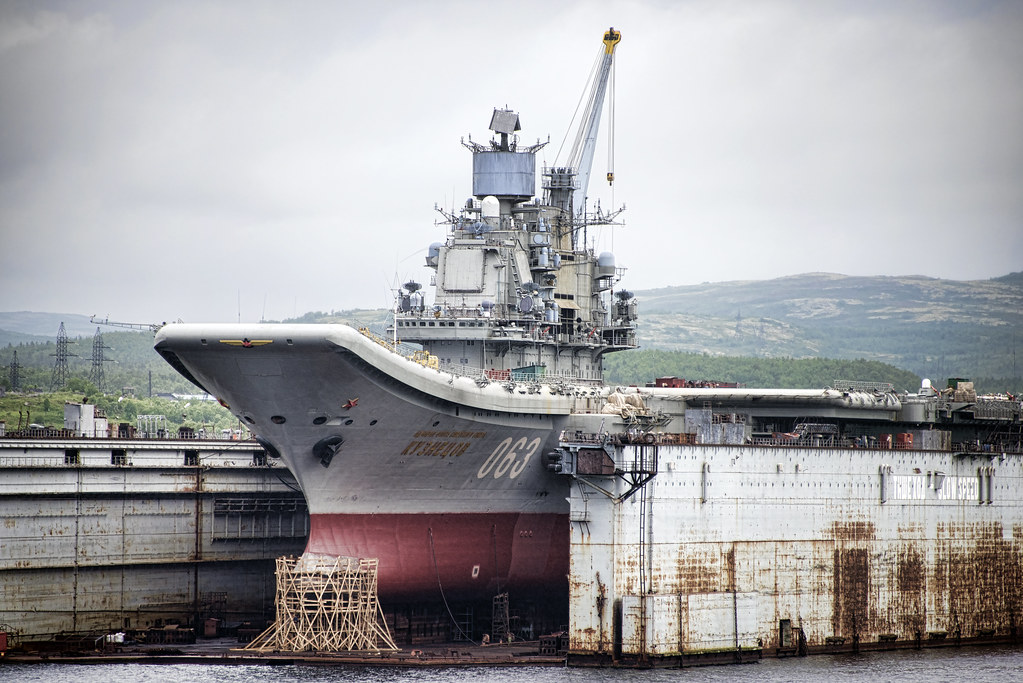
Take, for instance, Russia’s Admiral Kuznetsov, notorious for its persistent need for repairs and reliance on a tugboat escort due to its tendency to breakdown.
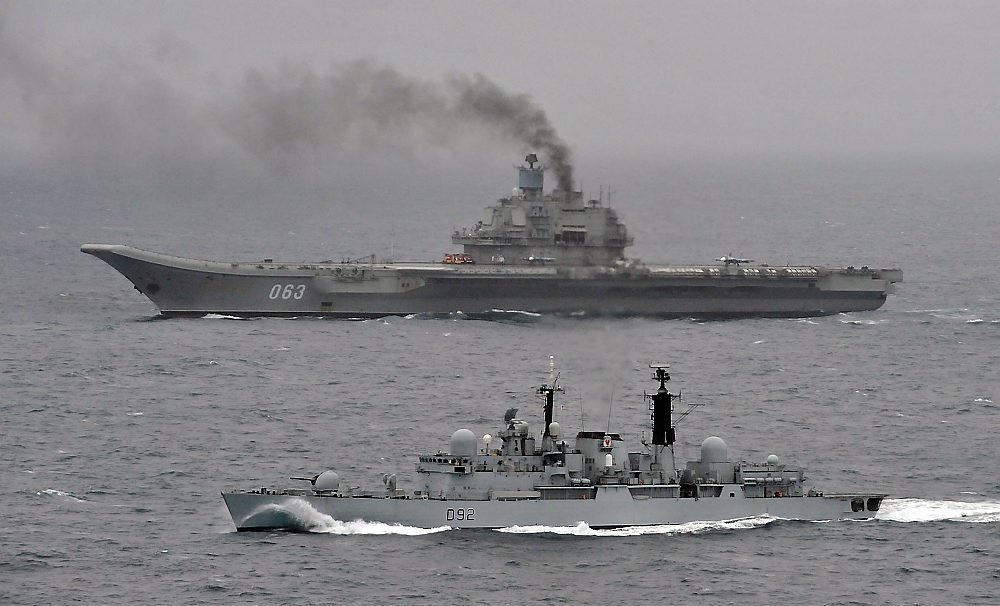
Its utilization of Mazut as a power source, an outdated petrochemical, contrasts starkly with the advancements seen in American nuclear-powered carriers, highlighting a technological chasm in carrier capabilities.
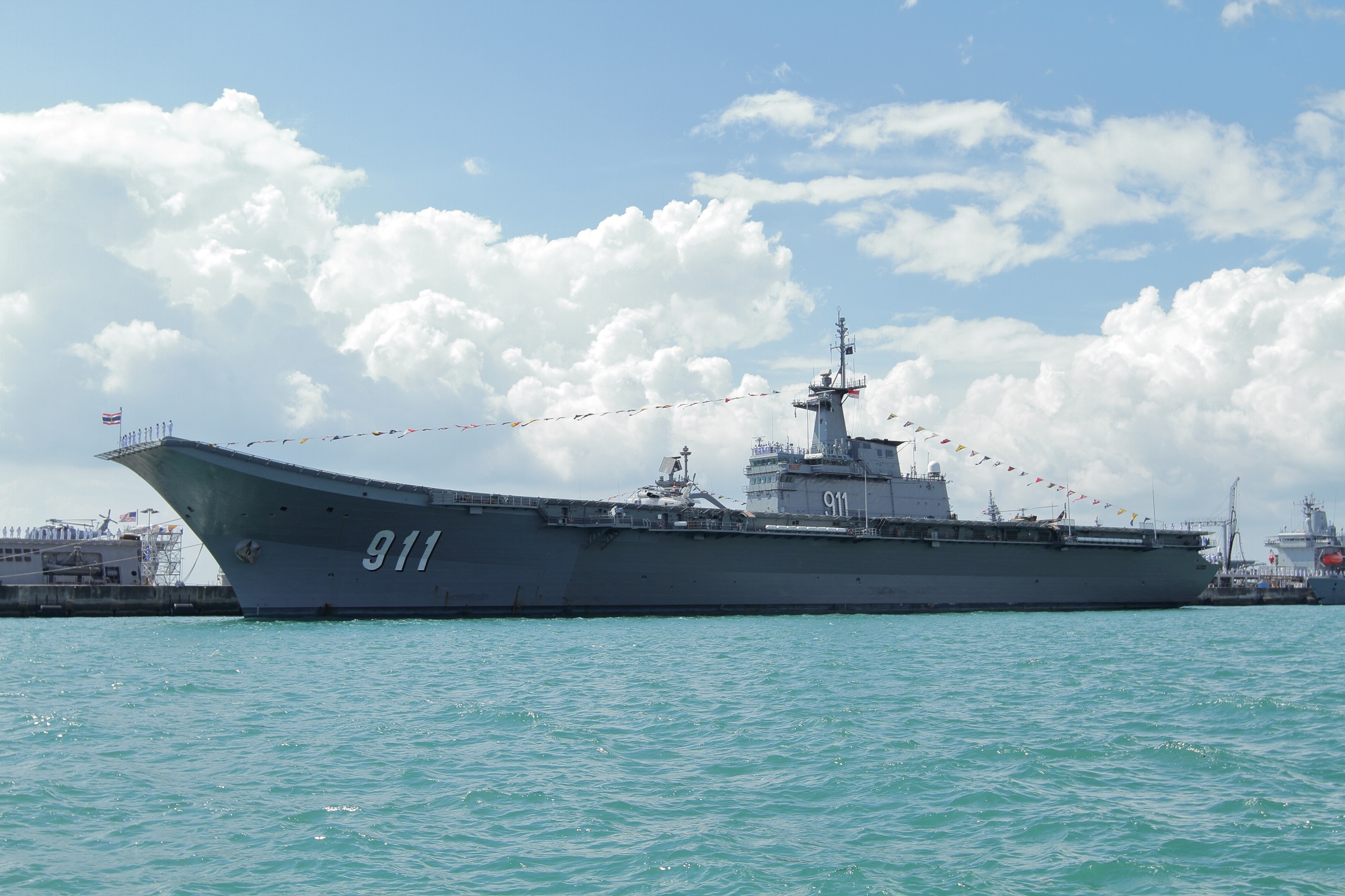
The HTMS Chakri Naruebet stands as Thailand’s first and only aircraft carrier, while the Chakri Naruebet has not necessarily suffered from design flaws or repeated maintenance issues, it’s simply not being used for what it was supposed to.

The removal of its Harrier V/STOL jet fleet left a void, reducing it to a helicopter carrier, further limited by budget constraints.

Italy’s Giuseppe Garibaldi, while historically significant as the nation’s first through-deck aviation ship, also falls short of being a contemporary powerhouse in terms of carrier capabilities.
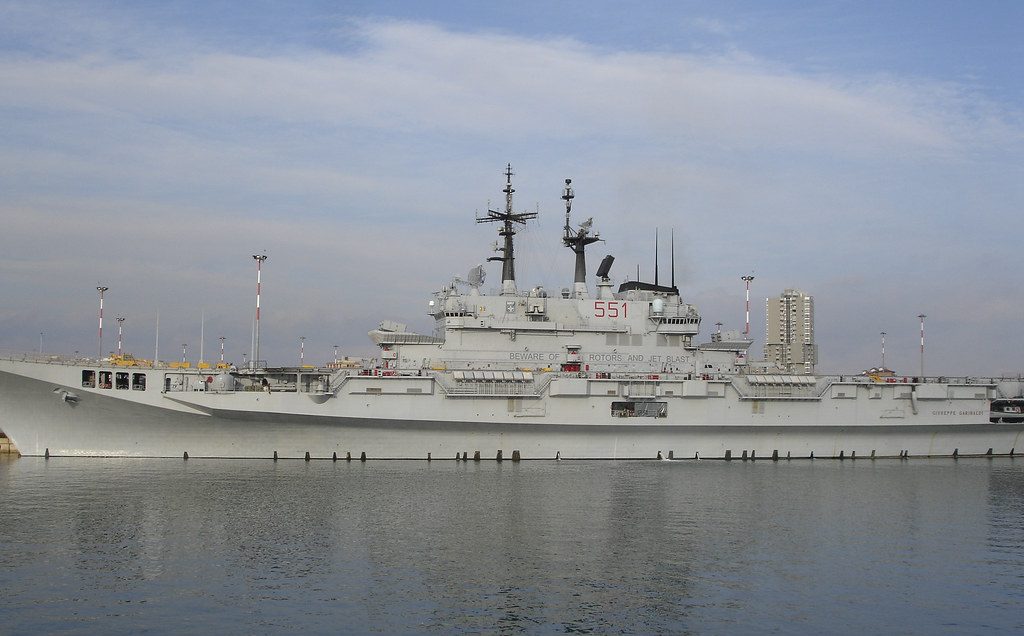
Despite participating in combat operations across various theaters, it is deemed “hardly class-leading,” suggesting a vessel more respected for its service than feared for its might.

The United States, while home to the most advanced carriers like the USS Gerald R. Ford, is not immune to carrier criticism.
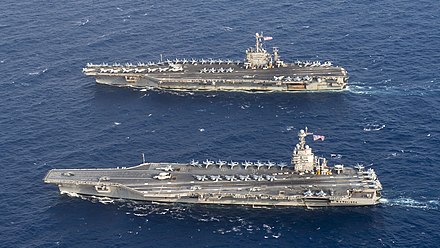
Commissioned in July 2017, the USS Gerald R. Ford is the most powerful and capable supercarrier ever built. However, it has been plagued by recurring issues and is still not combat-ready a year after being deployed.
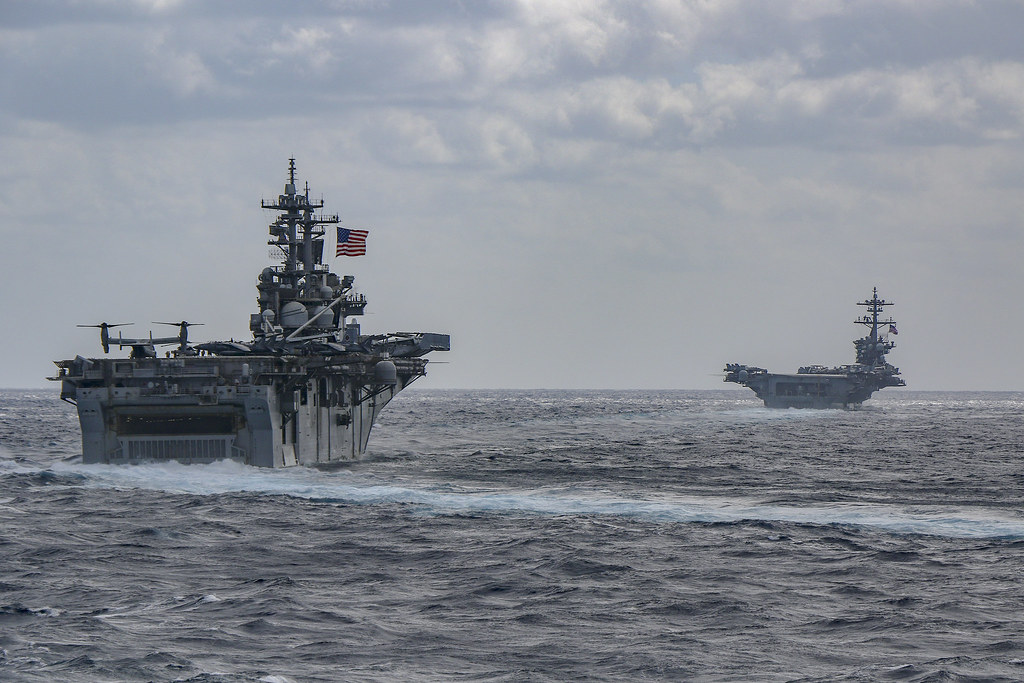
The USS Wasp’s lengthy absence from major deployments raised questions and concerns about its readiness and effectiveness.

Though the ship was retrofitted for the F-35Bs, the gap in its deployment history cannot be ignored.

Australia’s foray into the world of aircraft carriers with the HMAS Canberra and HMAS Adelaide, both Landing Helicopter Dock carriers, was marked by propulsion problems hinting at design issues.
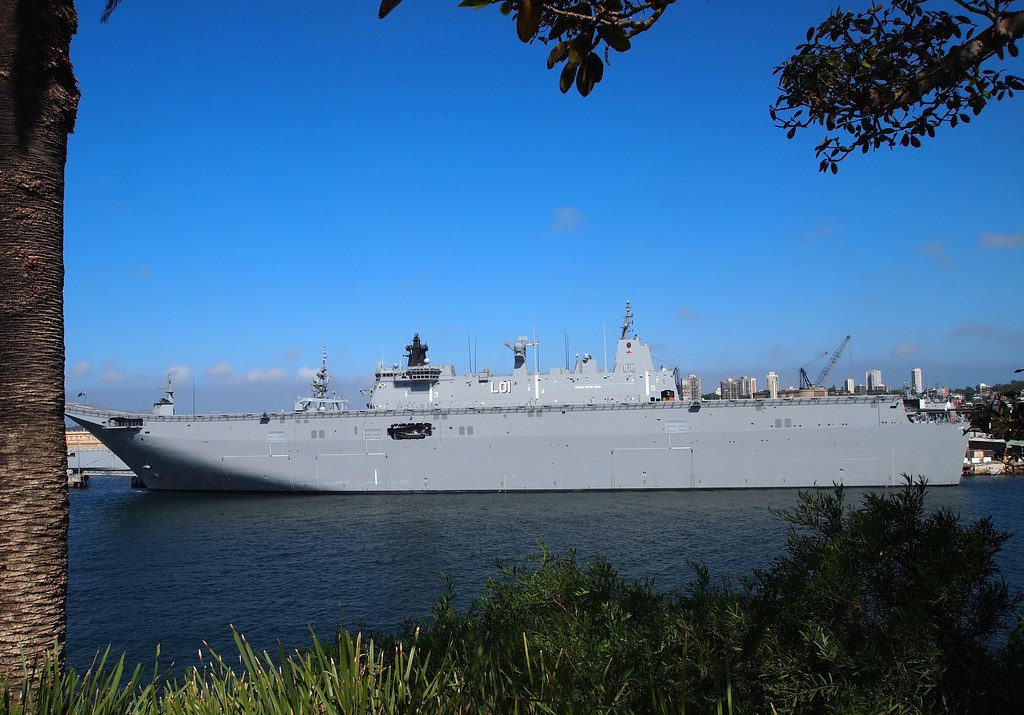
These setbacks raise the curtain on the challenges even advanced navies face when integrating new technologies into their maritime fleets.

In today’s climate of rapidly advancing military technology and geopolitical power plays, the stories of these vessels serve as a sobering reminder that innovation is fraught with risk and failure.
Relevant articles:
– Flattop Failures: 5 Worst Aircraft Carriers Ever, The National Interest
– Aircraft Carrier Designs That Didn’t Fly: 5 Worst Carriers Ever to Sail, The National Interest
– These are the world’s 7 worst aircraft carriers that are currently in service, Business Insider

